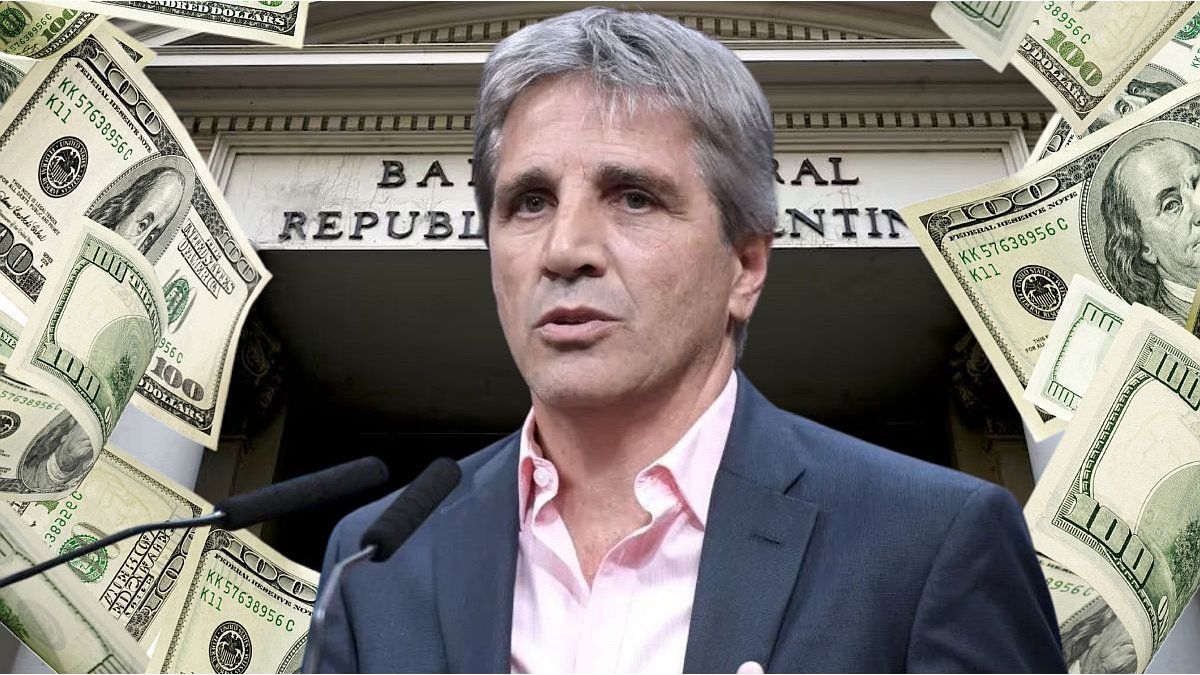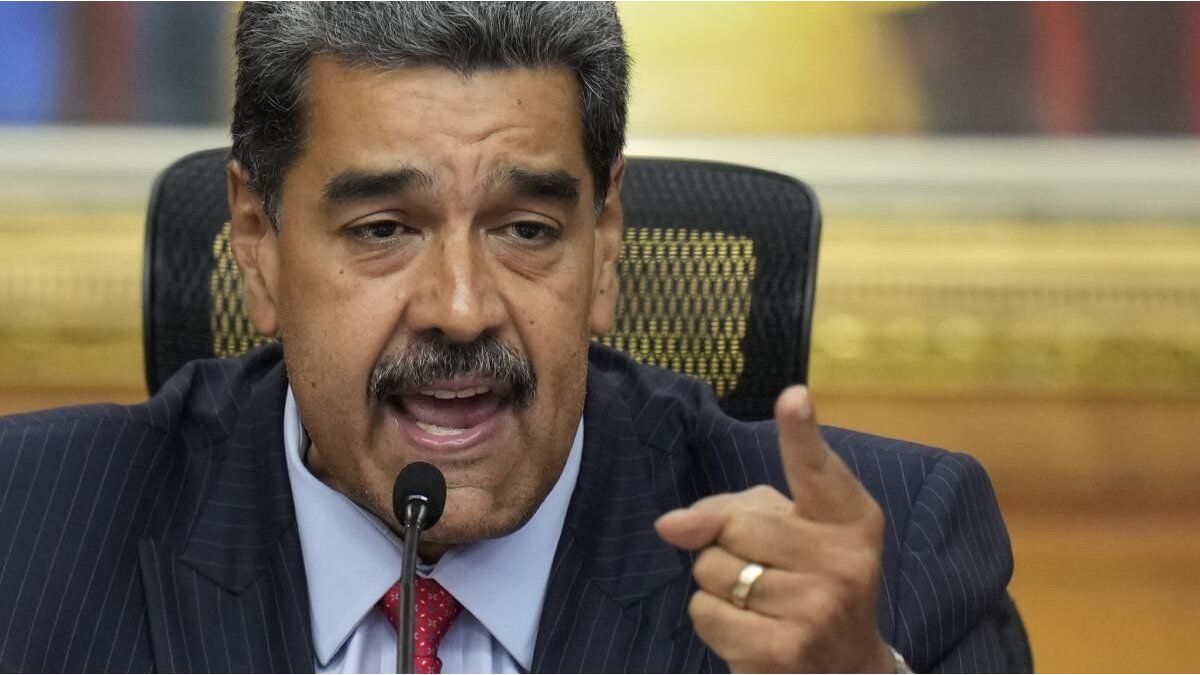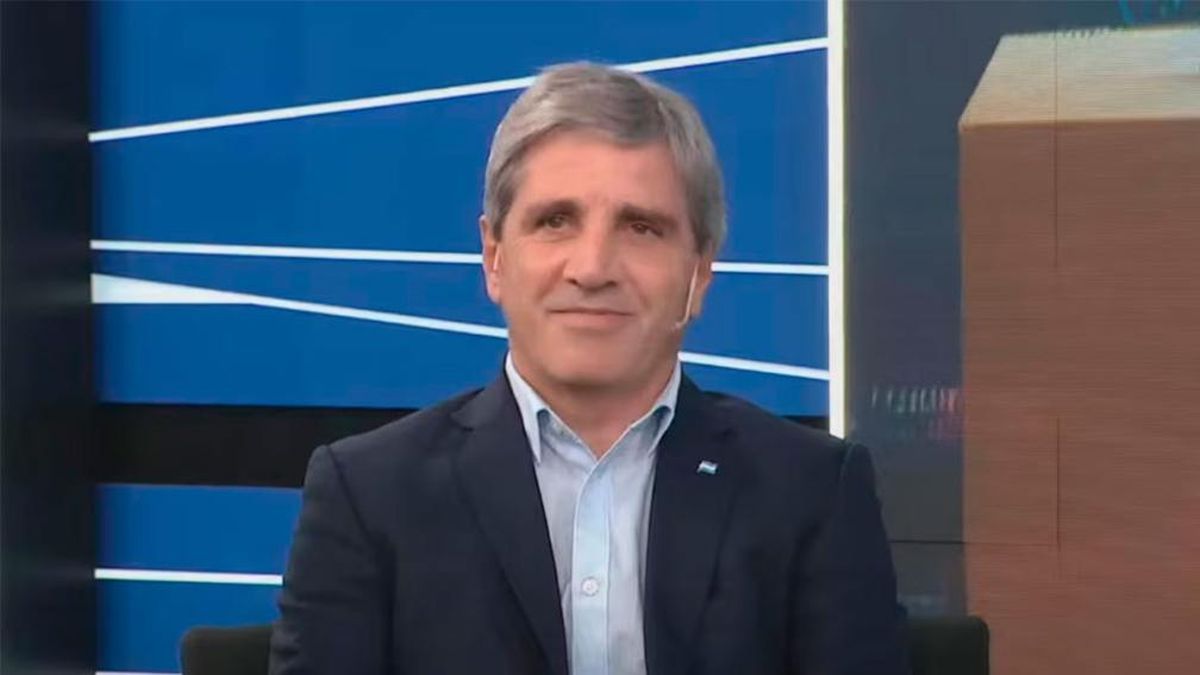The one who threw the first stone was, not to doubt it, the economist Orlando Ferreres. He hinted that the “theoretical” dollar is around $ 1,600. The same said, encrypted, Domingo Cavalloonce an ideologist of the Government and now Nanotechnocrat Picapedrero of the “model”.
Both economists, also in tune, have marked in the last hours something that is obvious and that in the Casa Rosada already know: if the dollar quotes at $ 1,100, then they do not reach the dollars against the weights that would potentially demand it. Even with US $ 11,000 million that could add the International Monetary Fund (IMF), reservations They would not endure the pressure, that is, the stocks could not be lifted without generating a maremagnum.
Go again. There are differences with the IMF about monetary policy. Of course The IMF seeks Argentina to disarm the stock and unify exchange rates. At this point, the Argentine government coincides, but the discussion revolves around the times and the way to carry it out. There is also the debate about whether the current exchange rate is equilibrium, an aspect that has been questioning the multilateral organism.
The president is convinced of the program that is carried out and is not willing to put it at risk. Consider that the results support it. This position is collided with the dogmatism of the technical teams of the background.
The field pressure, the player to follow on the “dollar” theme
The one who also warned, in the last hours, was a sector of what some call “the field”, that is, the important chain that ends with the export giants. The government’s announcement on the next decline in Crawling PE, drums and dishes, generated shocks in the main sector that provides dollars to the country. The equation is simple, at 1% monthly scheduled devaluation, dollars will rise during 2025 further restricting profitability. If the story is seen, especially the 1990s, one of the most damaged sectors was the field.
Foot note, this decision was presented as part of the original scheme of the economic program, which provided for a reduction in the rhythm of devaluation once inflation converges with the “crawling PEG” for three consecutive months. However, as we point out in a timely field, reality contradicts this justification, since far from approaching 2% monthly, inflation showed an acceleration in the last month of the year.
In addition, in order to clear debt maturities, the Treasury He exchanged bonds in local currency for new instruments for a total of 14 billion pesosequivalent to 13,378 million dollars. The operation had an acceptance of 64%.
However, it will be necessary to think if the “exchange delay” and some notable absences of sectoral policies will not end up eroding the competitiveness of all productive sectors. The exempt agricultural sector? It seems not. It was already said. When internal prices increase faster than the official exchange rate, national goods and services are more expensive in relative terms. This affects the country’s ability to generate currencies.
They appear (to stay) tensions about the exchange rate
Ergo, the announcement on the decrease in retentions made by the Government is also evidence that the most important thing, even for financial markets, is that the government gets the dollars that are missing. Price stability and macroeconomic seems to depend on it.
Now. In the financial square many think it was a last minute measure, A kind of firewall Before the huge wave of volatility that the external front brings (a drought prognosis and fall in the price of commodities globally), which in turn brings tensions about the exchange rate. The advance in the settlements of the agro -exporters could bring some relief, but not to the field but to the government. They point out that it results quite doubtful that this measure registers better prices for producersinstead for those who planned to liquidate.
Blend dollar and the “curious” Paper awarded by the BCRA
Everyone looks, of course, to the dollar Blend. For that window, the Government liquidated much more than US $ 15,000 million of the surplus last year in order to keep the tips of adjusted dollars. Can you do the same this year? Can. But it is clear that some of their “partners” are going to protest. The field, for example. The Treasury Palace carries, in its notebook, the accounts, They are between US $ 800 million YU $ S15 billion which is liquidated in financial markets to flood the volatility of exchange parity.
It is estimated that the decrease in retentions will have a cost equivalent to 0.13 percent of GDP. The countercara, it was already said, it is more pressure on the fiscal adjustment. The war with the governors is the order of the day. The Government wants a fiscal megadevaluation for 2025.
There are clues. A researcher’s paper Diego Piccardo awarded and published by the Central Bank a few days ago realizes this. The prologue of the document says: “The fiscal devaluations were conceived as an economic policy instrument For countries where the devaluation of the nominal exchange rate is not an option.
However, to carry out a fiscal devaluation, it is also necessary to have the ability to borrow to cover the fiscal deficit that this policy entails. In this way, an emerging country with a fixed exchange rate is not the same, than a member country of the European Union ”. On the other hand, he mentions: “The benefits of fiscal devaluations are not so clear because the government cannot borrow to finance tax decline and must finance it with rises in other taxes or low in spending.”
Source: Ambito
I’m a recent graduate of the University of Missouri with a degree in journalism. I started working as a news reporter for 24 Hours World about two years ago, and I’ve been writing articles ever since. My main focus is automotive news, but I’ve also written about politics, lifestyle, and entertainment.




